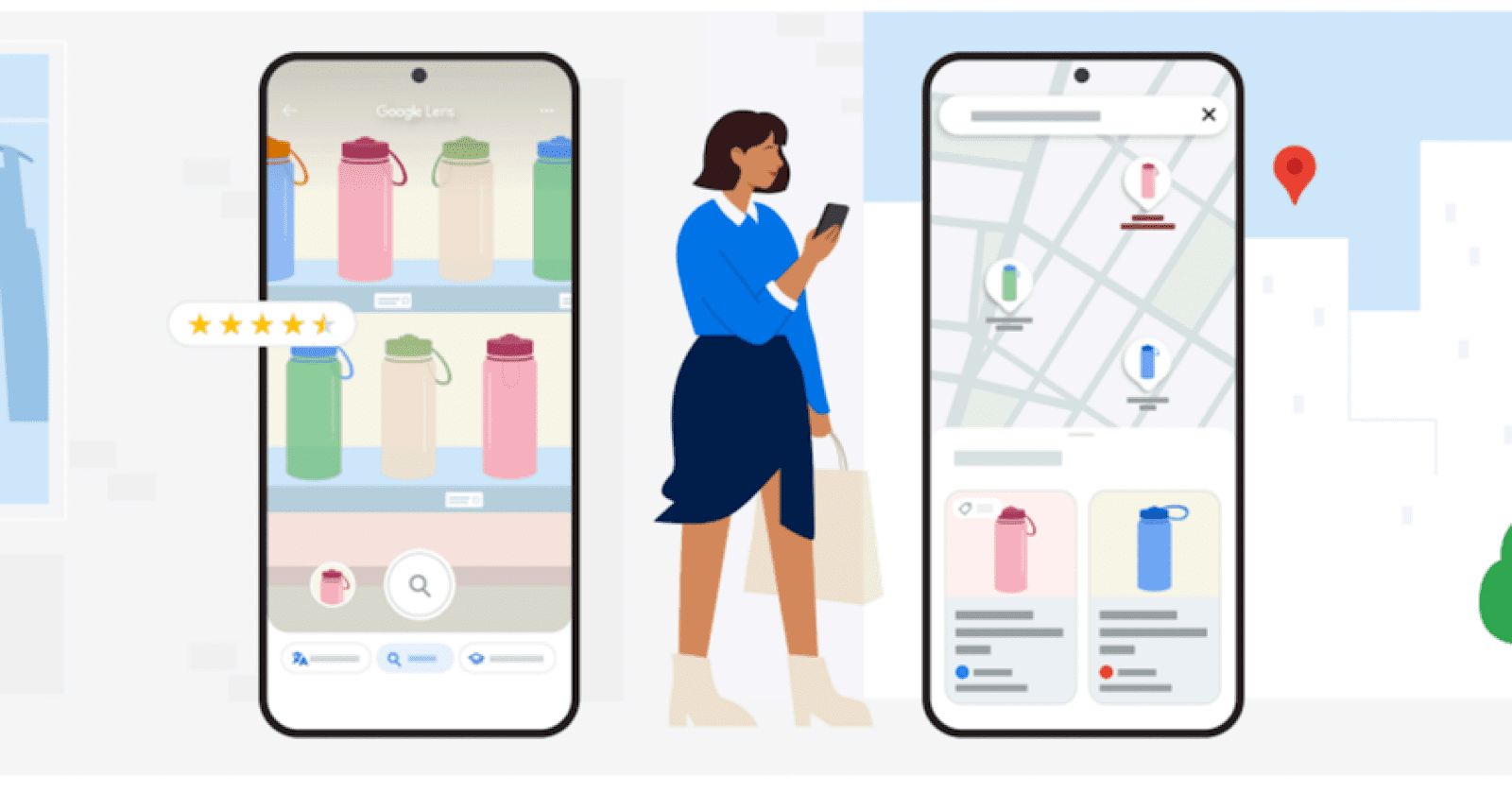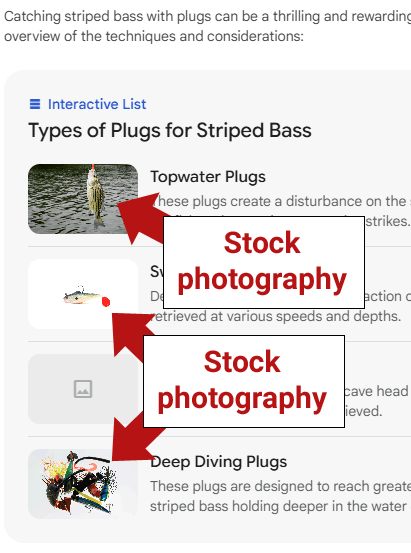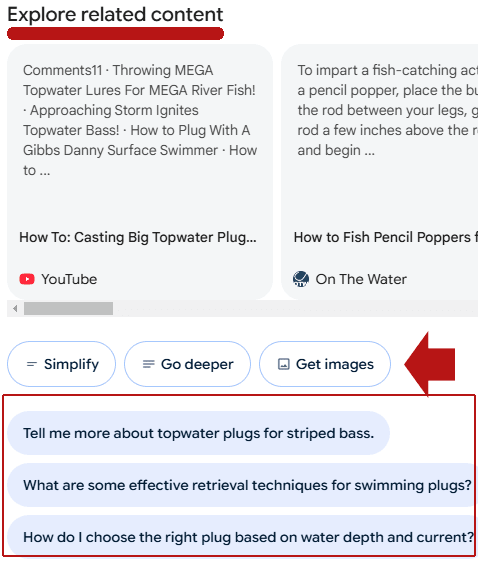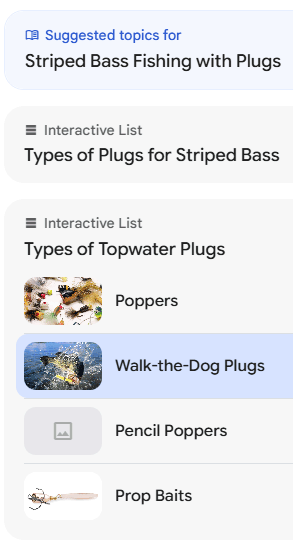YouTube Takes On TikTok With New ‘Jewels’ Tipping System via @sejournal, @MattGSouthern

YouTube is introducing “Gifts, Powered by Jewels,” which lets people support creators during vertical livestreams.
This signals YouTube’s push into the virtual gifting space that TikTok has capitalized on for years.
Key Features
“Gifts, Powered by Jewels,” is available for members of the YouTube Partner Program in the United States and offers new ways to earn money from live content.
The new gifting system introduces two virtual currencies: Jewels for viewers and Rubies for creators.
Viewers can purchase Jewels in bundles to send animated gifts that appear as overlays during vertical livestreams.
This feature is similar to TikTok’s popular gift animations that occur during live sessions.
Earnings
Creators earn Rubies from these gifts, with each Ruby worth one cent in real currency.
For example, if a creator receives 100 Rubies, they earn $1.
To incentivize adoption, YouTube offers a 50% bonus on gift earnings (up to $1,000 per month) to qualified creators for the first three months.
This bonus structure appears designed to attract creators who might currently be prioritizing TikTok livestreams for their virtual gifting revenue.
Technical Requirements
The feature is currently restricted to:
- Vertical format livestreams only
- U.S.-based creators in the YouTube Partner Program
- Creators who have accepted the Virtual Items Module
- U.S.-based viewers for purchasing Jewels
Only mobile app users can buy and send gifts, but creators can receive them while streaming directly on YouTube or through third-party software.
Retiring Super Stickers
YouTube is phasing out Super Stickers for vertical livestreams with the introduction of gifts.
Once creators enable gifts on their channels, Super Stickers will no longer be available for their vertical live content.
Unlike traditional monetization features such as Super Chats and channel memberships, gifts don’t have a fixed revenue share since their prices can vary based on bundle pricing and promotional offers.
Looking Ahead
YouTube is beta testing “Gifts, Powered by Jewels” in the United States and plans to roll it out to more countries soon.
You can enable gifting through the Earn hub in YouTube Studio.
This launch represents YouTube’s direct challenge to TikTok’s live streaming monetization.
While TikTok has the edge in virtual gifting, YouTube’s large user base and monetization infrastructure could make it a strong competitor.
Featured Image: Screenshot from support.google.com, November 2024.












